Education and Youth Homelessness
John Dewey once said, “Education is not preparation for life; education is life itself”, which is a sentiment that holds true today. Education can come in many forms and we all learn lessons from different teachers. Whether it is learning about social norms through our peers, learning new skills for work through a mentor, or improving our mathematical and scientific analytic abilities in school, the pursuit of education is never-ending.
For youth, education opens the door to the societal world and teaches them many fundamentals for success. When in school, they learn communication and critical thinking skills, while also developing the necessary prerequisites for certain jobs in the workplace. A good education can often translate to a better life.
Receiving a good education offers two important things: better stability and self-empowerment. It is a well-known fact that those who earn more in society are often those who have acquired the necessary education. Often, getting a degree is needed to obtain these high-paying and stable fields which lead to a life of financial comfortability and assurance.
Above all, having further education is empowering. When an individual can perform necessary skills with great proficiency, they do not need to depend on anyone else to perform it for them. They can make their own decisions and are able to provide for themselves. The confidence a good education can bring is the difference between thriving well or poorly in society.
Unfortunately, though education is important and well established in Canada’s culture, there are still barriers in place that prevent youth from completing their education. Youth homelessness is a prevailing issue within our society that only continues to grow over time. Studies have found that 63-90% of youth who are home insecure have not finished their high school education (Mpoyi, 2021). These numbers do not reflect disinterest but rather a lack of resources. Youth who are homeless have additional stressors compared to their peers such as home instability, poor access to school supplies, limited transportation, and emotional support.
Rachel, a post-secondary student, reflects on her time with online school during the height of the pandemic. “Many expenses came up and balancing school and work had been hard, especially because I had no support.” For one example of expense, Rachel says “I had no printer so I couldn’t print course materials at home.”
The experience of home insecurity among youth frequently results in poor attendance rates in school, which further hinders these youth. Often, they may fall back a grade or choose to leave school altogether to focus on rebuilding other areas in their life. Without a completed education, these adolescents and young adults have a hard time finding high-paying jobs that will provide them with the income needed to build the strong foundation they desire. Moreover, without financial support, they are also unable to complete their education.
“Balancing my school work and my expenses is very hard,” says Shavesha, an upcoming university graduate who also faces home insecurity. “All the money I make from work goes towards rent and now that my classes are in-person, I have to factor in transportation costs too. Though OSAP provides me funds, it also increases my debt. I hope to find a high paying job in social work once I graduate to start paying it all off.”
Krista, another college student adds, “Being in school and being on OSAP has put a couple mountains in front of me when it comes to living alone and being able to afford it. There are many unexpected finances that come up in my life and along with my medical needs, I get no additional help paying them off ”
Many students find themselves having to choose between receiving payments from Ontario Works and OSAP. Krista confirms that “you cannot be on two government assistant programs at once and since I am not working during school, I cannot qualify for the OW anymore”. She goes on to explain the technicalities of both programs in which “OSAP barely provides enough to cover tuition and the remainder I had to give out of pocket and since I wish to focus on school without the stress of balancing work, I cannot apply for an OW instead”
At REST we know that unless these youth are given the stable housing they deserve, this seemingly never-ending cycle of financial hardship and shortened education will continue. We approach housing insecurity with a community and housing-first methodology to help provide youth with the foundations they need to succeed in their academic pursuits. It is our priority to secure safe, affordable, and sustainable housing and administer continued support to ensure that our youth maintain their tenancies. Beyond this agenda, we assist the youth to achieve their educational goals, so they may continue their learning and achieve the positions they want in their desired field in the future. Here at REST. Centres, we know our youth have the potential to become active leaders in the workforce and despite the hardships they may face today, they are more than capable of prospering tomorrow.
The time for action is now. As a community, we need to come together to ensure that the bright futures of leaders like Shavesha, Rachel, Krista, and many others are not burdened by inequitable challenges such as economic hardship and housing insecurity. By joining REST today, you can be a part of the fight to guarantee that more BIPOC youth have the support they need to reach their potential.
Connect with us today to learn more about the difference you can make in the lives of youth by becoming a landlord in our program. Share our newsletter and consider making a donation to our cause to support more youth like Shavesha, Rachel and Krista.

